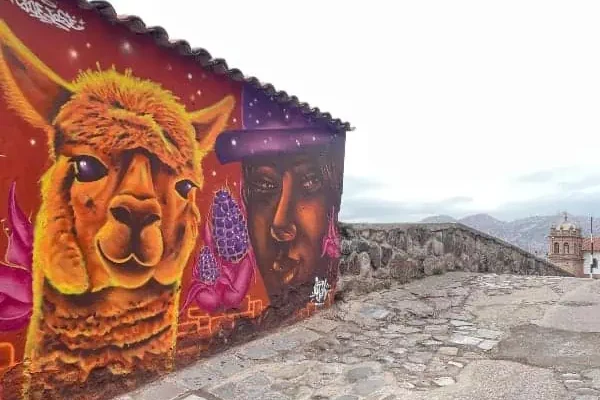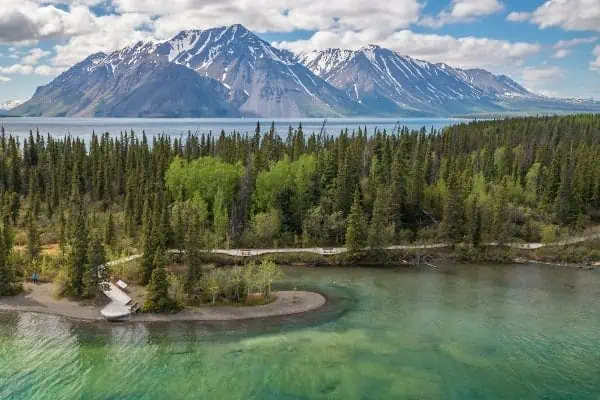The final week of Icelandic adventuring saw us completing the Ring Road, which encircles the whole country and has tourist spots dotted along the way. We followed it east and gradually north through glacier-domed mountains, bucolic sheep folds, thundering waterfalls and glistening black alluvial beaches that stretched along the coastline for miles at a time.
We visited the colossal, pipe organ-esque basalt formations and caves on the black beaches of Vik and the tiny fishing towns nestled in the lees of the eastern fjords.
A solo hike (read: scramble) saw me getting rather satisfyingly lost on a relic-strewn coastline near Eskifjordur. I found bleached bird skeletons and old fishing nets, strange beach glass and an old gravesite, roughly enclosed by a dilapidated rock wall. From that desolate shoreline, it was easy enough to imagine that civilization had long since passed; the only reminders left were low, crumbling walls of stone and Styrofoam.
I hiked and climbed my way along the coast until it became impassable and then, with only the mildest of panic, escaped by scaling a steep shale cliff. Incidentally, the hot pool in Eskirfjordur, surrounded by mountains on three sides, is a goddamn national treasure and, naturally, my next stop.
After the eastern fjords, the Ring Road heads inland, cutting across a lengthy mountain pass to reach Akureyri in the north. In the space of 30 minutes, we moved from sunshine, green grass and prancing lambs to a desolate white wasteland of howling winds, stark rocky outcroppings; landscapes and temperatures worthy of the Dempster.
The pass wound through steep foothills before spitting us out into the geothermally hyperactive valley of Myvatn, where a powder-blue, literally boiling lake bordered the road and was quite obviously not a cause for concern. With the scalding ponds and steam geysers in our rearview, we finally reached Akureyri, the largest town on the north shore, home to a recently established university, and our last stop.
On the final day, after a quick trail ride on local Icelandic ponies and (of course) a soak in the hot pool, we returned to Reykjavik by way of a 6 km tunnel that took us right under the ocean.
On the whole, Iceland was both exactly what I’d hoped and a complete surprise, which is fitting considering that it’s basically built out of various dichotomies. In the space of two short weeks (and often all in the same day), we encountered volcanoes, glaciers, sheep fields, lava flows, beaches, tundra, snowpack, desert wasteland, moonscapes, Mars-scapes, verdant valleys, rocky cliffsides and scrubby brush dotted with mossberries.
Beyond its topographic diversity, the land is steeped in rich cultural heritage, even beyond my inevitable romanticization. The Icelandic ancestors were tough as nails, stolid fisherfolk who withstood pirate raids, famine and political upheaval, all the while battling the elements, and this theme weaves throughout their cultural history; their strength and endurance still seem to be very much reflected in the values and attitudes today.
What a privilege it has been to be allowed even a small glimpse into the richness of this undeniably foreign country – a country which, despite its near-alien differences, shares a both a latitude and a surprising number of characteristics with our own northern home.




